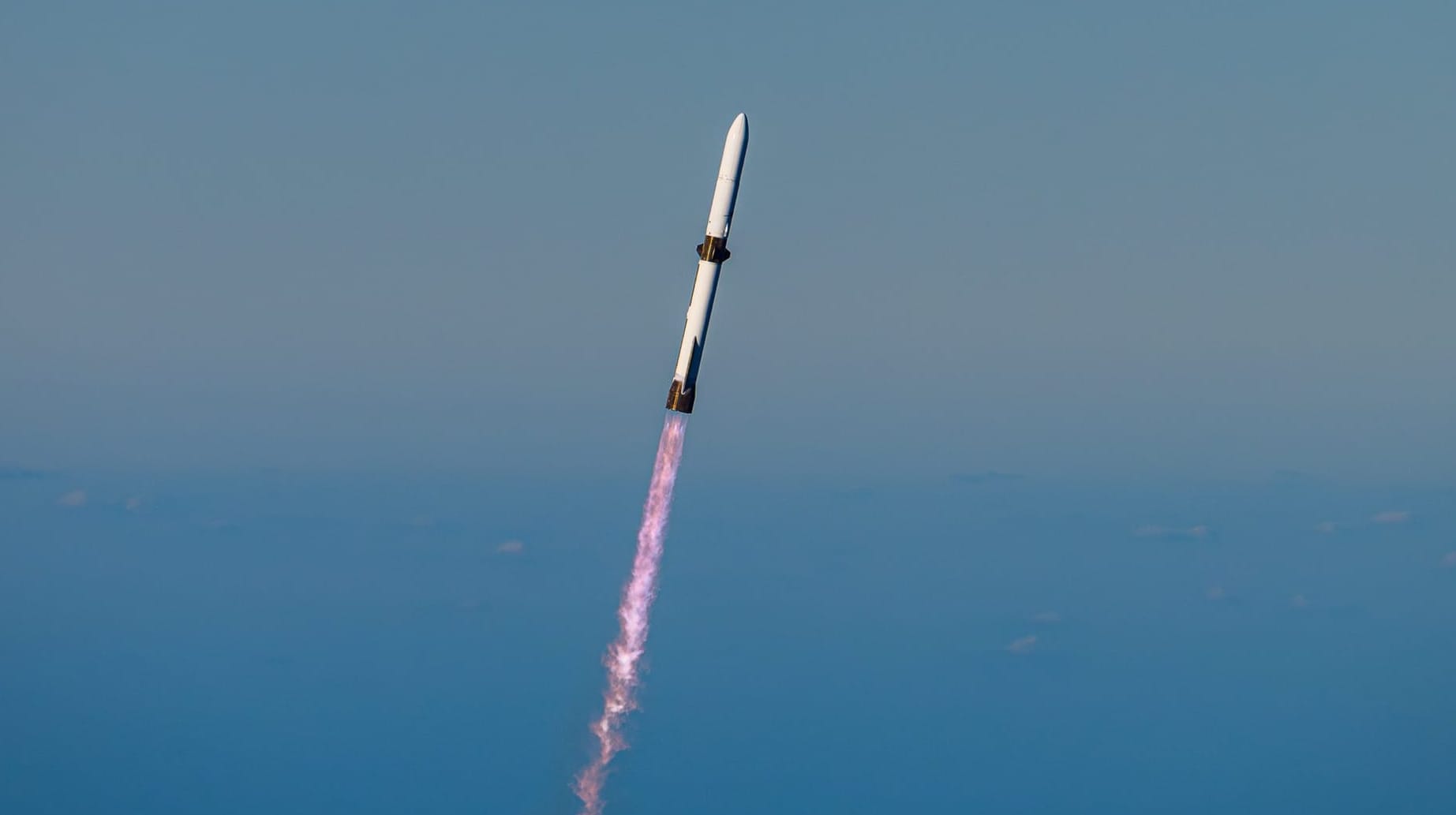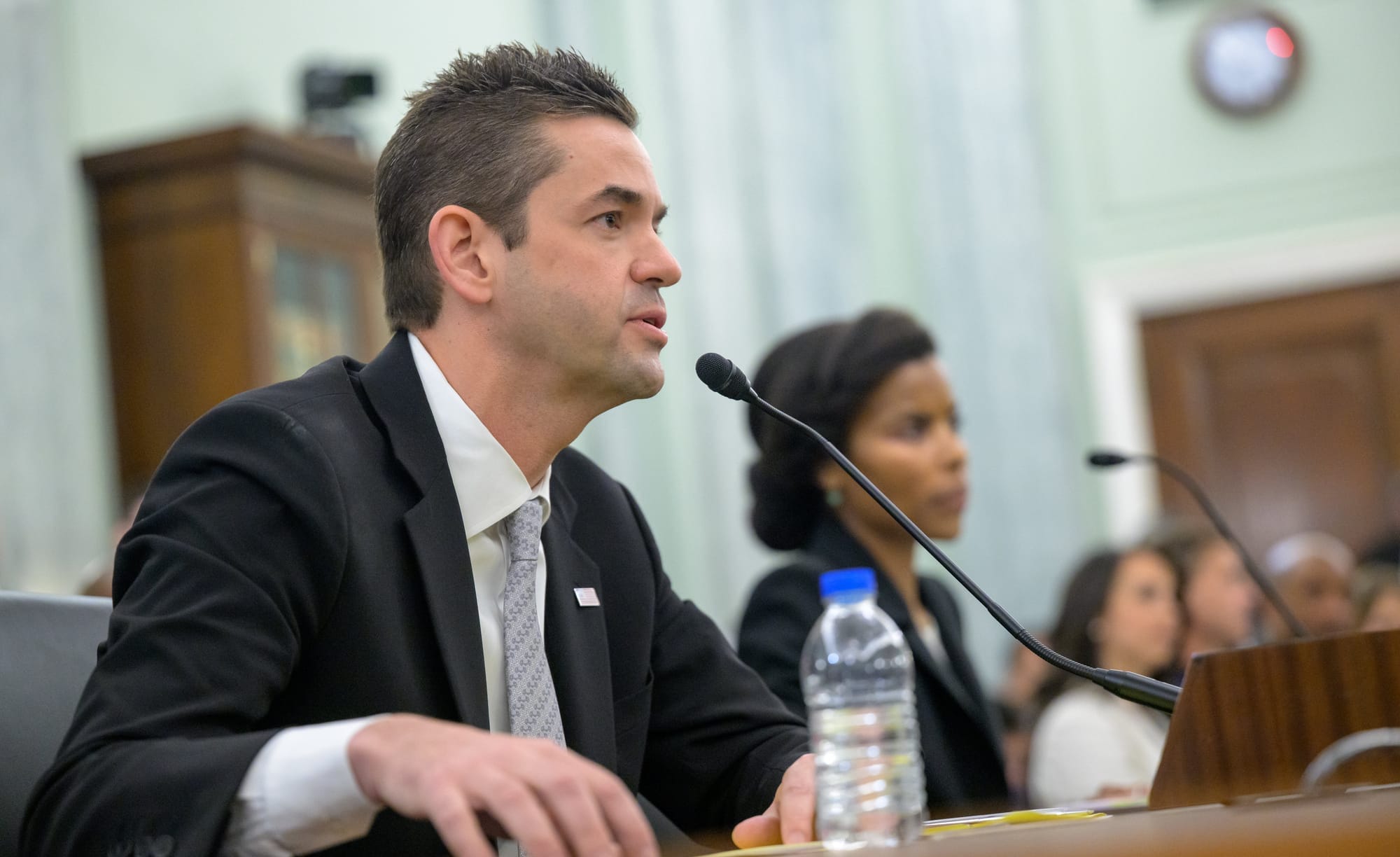Table of Contents
NASA's budget proposal for fiscal year 2026 would send billions in cuts across the space agency while leaving the over-budget and behind-schedule Space Launch System (SLS) rocket unaffected. The proposed cuts come not even a week after the agency's nominated administrator promised a Mars program while sustaining existing agency programs.
Ars Technica's Eric Berger first reported the proposed cuts on April 11th, having gained access to the White House’s budget proposal, which was sent to NASA the day prior by the Office of Management and Budget. Berger also states that the cuts are in line with planned cuts shared in early March, slashing NASA science by half.
The cuts, if implemented, would wipe out five billion United States Dollars from NASA's budget, around twenty percent of what it currently receives.
According to the documents, NASA's science programs would receive nearly a fifty percent cut in funding, with a two-thirds reduction to astrophysics bringing it down to 487 million dollars, a greater than two-thirds cut to heliophysics reducing it to 455 million dollars, more than a 50 percent cut to Earth science lowering it to 1.033 billion dollars, and a 30 percent cut to planetary science bringing it down to 1.929 billion dollars.
Additionally, major missions would be canceled. Two such missions would be the DAVINCI (Deep Atmosphere Venus Investigation of Noble gases, Chemistry, and Imaging) mission to investigate the former habitability of Venus and the long-awaited, and delayed, Mars Sample Return mission. The budget proposal would allow for continued operation of the Hubble and James Webb space telescopes, but would kill the on-schedule and under-budget Nancy Grace Roman Telescope, set to launch next year.
Current acting NASA Administrator Janet Petro, who has facilitated Trump's moves at NASA, has denied any budget proposals. On April 7th Petro called the planned cuts uncredible rumors. SpaceNews' Jeff Foust states that various NASA missions have been given direction to prepare for termination.
Unaffected is NASA's SLS rocket, which the agency spends 4.2 billion dollars on each year. SLS exists to send the Orion spacecraft, also unaffected, around the Moon for the agency's Artemis program, which continually delays missions.
Alongside the NASA cuts, the National Oceanic and Atmospheric Administration (NOAA) is set to see its fiscal year 2026 budget cut too, also based on documents from the White House. The cuts would see major changes to NOAA's weather satellite, space weather, and space traffic programs.
NOAA's cuts would see a major overhaul of its Geostationary Extended Observations program, mainly through the removal of instruments focused on the climate rather than weather, despite the two being incredibly intertwined for Earth's weather. NASA would also be cut out of the program, possibly jeopardizing it due to a sudden lack of spacecraft experience.
Other changes at NOAA would be moving its Space Weather Prediction Center to the Department of Homeland Security, which would likely just be to continue emergency notifications of newly forming extreme weather events like hurricanes or tornados. Another change would be to move the burgeoning Traffic Coordination System for Space, used to provide basic space situational awareness services, to a private entity.
The cuts and unaffectedness of SLS and Orion are not that surprising, given President Trump and the Republican Party's denial of climate change, which NASA thoroughly researches, and fear of China being a peer competitor in all fields. And the one trillion dollar budget for the Pentagon was going to come from somewhere.
This also begs the question, what other currently unknown cuts are planned at NASA?






